In the past, buying fish at the market was simple.
When you wanted to eat salmon for dinner you went to the grocery, ordered a few pounds, scratched the item off your list, and pushed the cart to the produce department. Maybe you didn’t think about whether the salmon was wild or farmed, whether the species would be extinct in twenty years, or wonder of the livelihood of the dude who caught your fish. You trusted the system.
These days buying fish at the market is complicated. It should not be, and many times it’s not. But — unless you know who to trust, which fish is best for you, doesn’t harm the environment or fishery, how do you know if you are buying “sustainable” fish?
To help you, I compiled a “buying sustainable seafood” list to take the guess work out of the buying equation.
Now you might be thinking, what questions Maureen?
How about these for starters?
Should you buy farmed or wild seafood? Is the fish local or imported and is it safe to eat without mercury, antibiotics, or other concerns? Is the fishing method harmful to the environment and oceans? And what about those labels to identify sustainable seafood? What do they mean and whom can you trust?
No worries. I got you covered.
1. Buy local fish. Local fish don’t travel far from the boat to your plate. By supporting local fisheries, you reduce the carbon footprint and help reduce man-made climate change. Plus you support the local economy and local fishermen. What if you don’t live near a body of healthy fish-dwelling water?
2. Buy online. That’s right. Especially if you live landlocked or in a food desert. Which can mean fifty miles inland on either US coast. While that may seem counterproductive to the previous point, you shouldn’t suffer because you don’t live near the ocean or a healthy lake or river. Which seafood company should you buy from?
- Want Alaska salmon, halibut, weathervane scallops and spot prawns? Copper River Seafoods is a great option.
- The smorgasbord of seafood retailers on the Pacific coast is Pike Place Fish Market. Have you seen them throw a salmon?
- Try flash-frozen salmon and seafood from Vital Choice.
- Hungry for New England lobster, cod, and more? Check out Fisherman’s Fleet.
- Yep, you can buy premium hook-and-line fish from Hawaii at Honolulu Fish Company.
- Craving a taste of the Lowcountry? Here is Charleston Seafood with its “hook-to-table” concept.
- Who doesn’t love to eat shrimp? That’s right. Wild US gulf shrimp from American Shrimp Processors.
- Are you a chef? Check out Sea to Table and Honolulu Fish Company for their overnight boat-to-plate sustainable seafood programs.
3. Community Supported Fishery. Similar to the CSA approach where you buy a share of a farmer’s crop for the season, a CSF works in the same manner. Except you buy a share of the fisherman’s catch. A CSF is primarily for those who live on or near the coastal areas. Pick up is usually at your local farmers market. I haven’t found a CSF that ships yet. But, I’m betting that option is on the horizon.
4. Think big. Not big fish, (smaller is better), but big box “green” stores like The Fresh Market, Whole Foods Market, and Trader Joe’s. All are reliable resources for buying sustainable seafood. Most regional chains have sustainable seafood programs too. But, not all seafood items in the case or in the freezer are sustainable. So how do you know what to buy?
5. Farmed or wild? That depends. Once you become familiar with which species to buy and why (information found in the seafood guides-see below), you will help support the sustainable seafood movement to keep fish populations and the oceans healthy and thriving. By learning which seafood to buy and why you should make that choice, you’ll make healthier decisions at the market. For instance, you’ll learn when wild salmon is in season or if the salmon at your market is farmed. You’ll learn why bluefin tuna is not a healthy option, and instead will choose other tuna species like yellowfin and albacore.
6. Labels, labels, labels. To help you identify which seafood to buy, third-party certification companies created eco-labels. Look for the color-coded labels in the case or on the packaging to help you decide which species to buy. In most instances, a green label means best choice, yellow use caution, and red means avoid. Blue labels are surfacing too. Look for the ubiquitous Marine Stewardship Council (MSC) label. Its signature logo is identifiable by its oval, bright blue color white check mark. Also, the Global Aquaculture Alliance and aquaculture industry is on target with its catchy color-coded labels. Look for dark blue round labels bearing the words Best Aquaculture Practices (BAP) in white. There are many other labels surfacing too. A good rule is to know which labels to trust and become familiar with species that are sustainable. The seafood certification industry is evolving, but one thing is certain, buying sustainable seafood is getting easier. Where can you find more information?
7. Sustainable seafood consumer buying guides. Seafood Watch, Monterey Bay Aquarium’s sustainable seafood guides are the ultimate go-to resource. Environmental Defense Fund puts out an online guide as well. Both are comprehensive, science-based resources to help you make smarter choices at the market before you spend your hard earned cash. Find guides online or download as an app.
Where do you shop for sustainable seafood? I’d love to know. Reply in the comments, shoot me an email at maureencberry [at] gmail [dot] com, tweet me @maureencberry or show me on Instagram.
(*This is not an exclusive list, nor a paid endorsement.)
Like this post? Sign up for my monthly newsletter for more about sustainable seafood and ocean conservation. Do you know somebody who would like this information? Please share. Because the oceans matter.
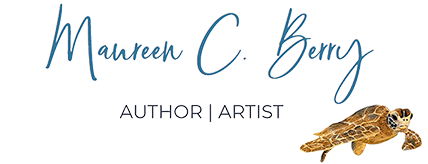
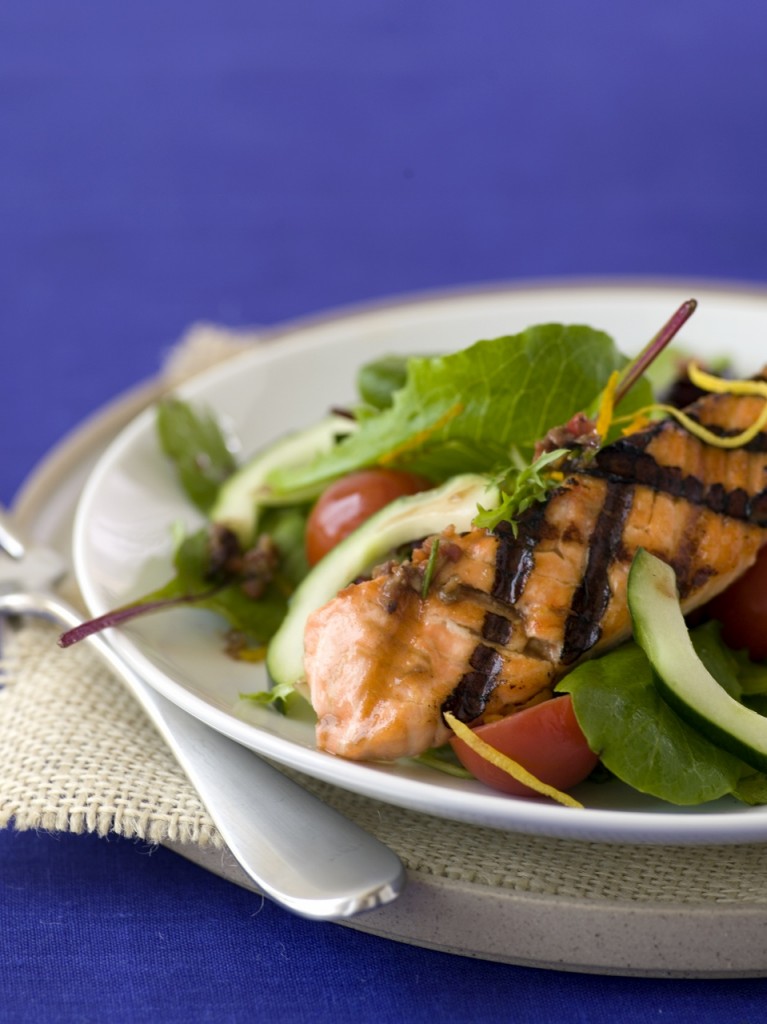
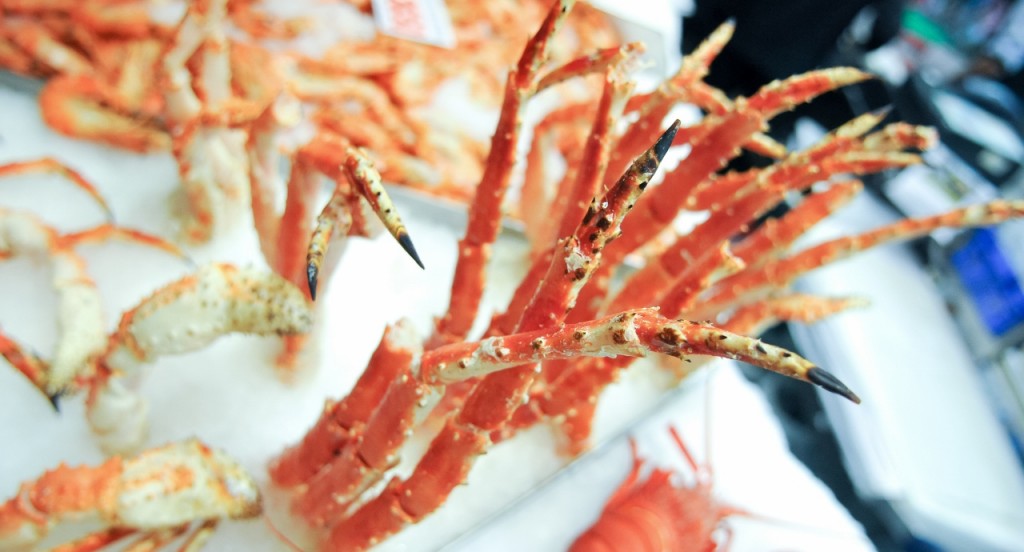
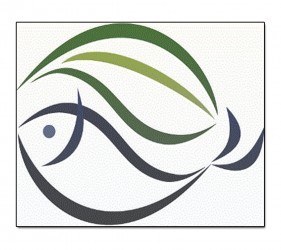

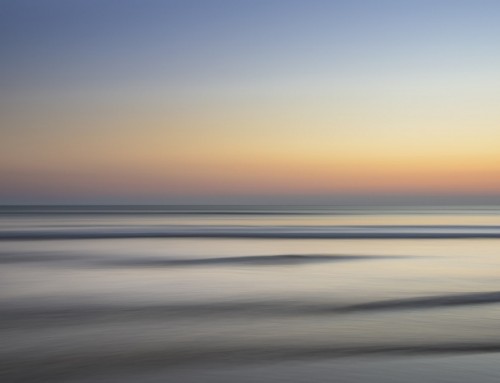
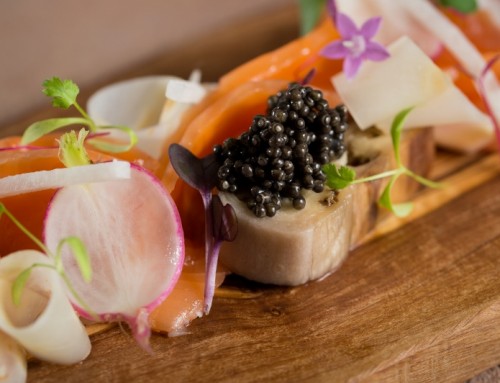


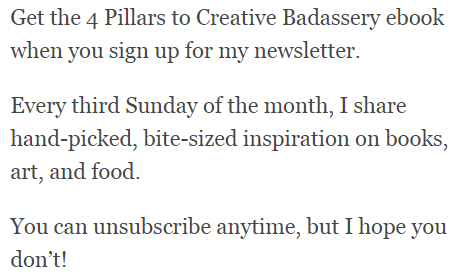
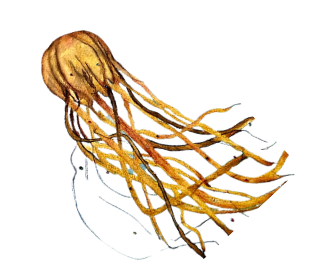

[…] Bay Aquariums Seafood Watch, the gold star in sustainable seafood guides offers green labels for best choice, yellow for good […]
… [Trackback]
[…] Informations on that Topic: maureencberry.com/boat-to-plate-7-practical-sustainable-seafood-buying-tips/ […]